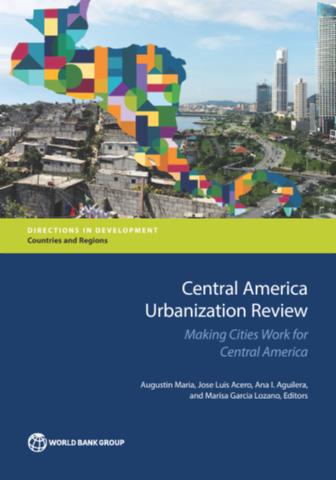Climate impacts in northern forests
Northern forests hold around 54% of the world’s total terrestrial carbon stock and contribute more than one-third to our global terrestrial carbon sink. This report reviews the impact of human induced
Northern forests hold around 54% of the world’s total terrestrial carbon stock and contribute more than one-third to our global terrestrial carbon sink. This report reviews the impact of human induced
<p>The Eliassen–Palm flux and Plumb wave activity flux are calculated using the European Centre for Medium-Range Weather Forecasts interim reanalysis daily dataset to determine the propagation of
<p>Species distribution models (SDMs) are commonly used to assess potential climate change impacts on biodiversity, but several critical methodological decisions are often made arbitrarily. We compare
<p>Plastics have outgrown most man-made materials and have long been under environmental scrutiny. However, robust global information, particularly about their end-of-life fate, is lacking. By identifying
<p>Plastics in the marine environment have become a major concern because of their persistence at sea, and adverse consequences to marine life and potentially human health. Implementing mitigation strategies
<p>Long time series of ocean and land color satellite data can be used to measure Laurentian Great Lakes water quality parameters including chlorophyll, suspended minerals, harmful algal blooms (HABs),
Deadly infectious pandemics will mark humanity's future, as they have shaped its past. Neither individual governments nor the global community can entirely prevent the emergence of infectious threats.
<p>Semipalmated Sandpiper (Calidris pusilla) populations have undergone significant declines at core nonbreeding sites in northeastern South America. Breeding populations have also declined in the eastern
<p>Coastal flooding in the Yucatan Peninsula is mainly associated with storm surge events triggered by high-pressure cold fronts systems passing through the Gulf of Mexico. To assess coastal flood hazards,

Central America is undergoing an important transition. Urban populations are increasing at accelerated speeds, bringing pressing challenges for development, as well as opportunities to boost sustained,
The Central America region is generously endowed with water resources, but concerns are growing about water scarcity in parts of the region. This can mean both a physical lack of water and a lack of mechanisms